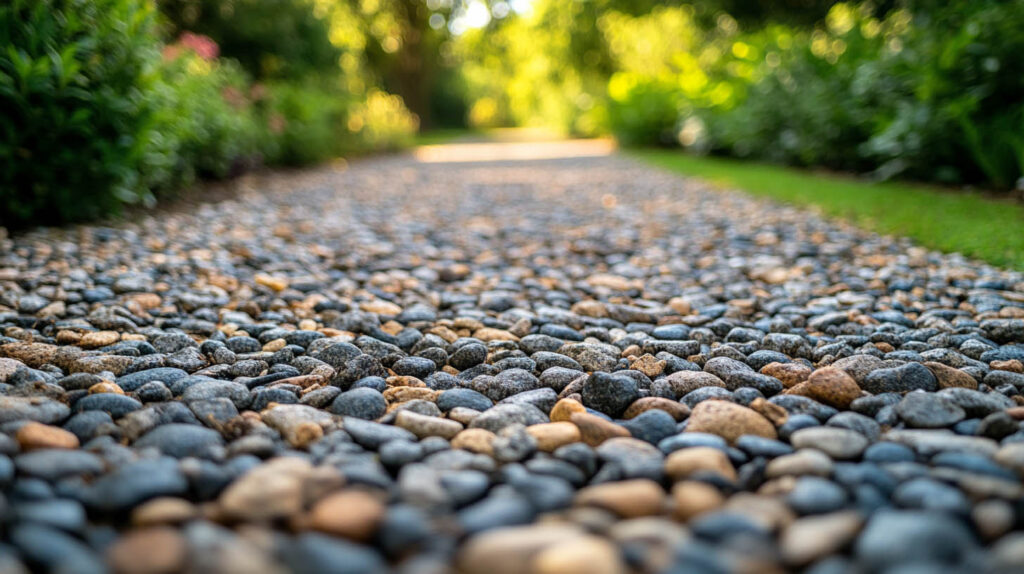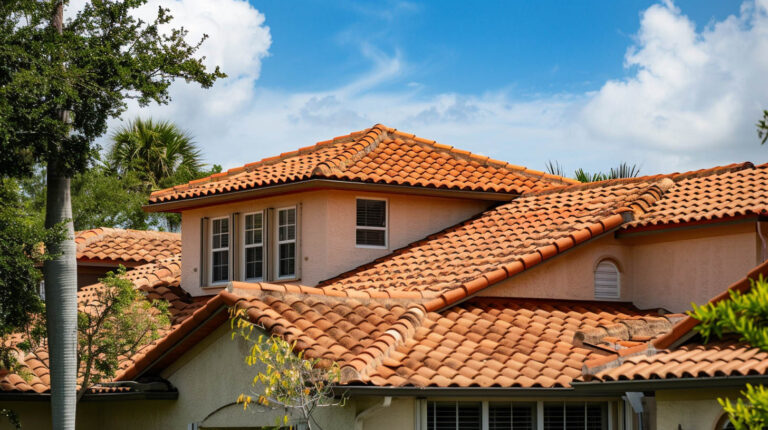
Blog
Why Are Shingle Granules Appearing in Your Yard?
Finding shingle granules in your yard or gutters may seem alarming, but understanding the causes and solutions can help protect your roof and home. At Avenue Roofing, Jacksonville, FL, we specialize in identifying and addressing roofing issues, including granule loss, to ensure your roof performs at its best. This guide explains why granules come loose and when it’s time to take action.

The Purpose of Roof Granules
Granules are the outer coating on asphalt shingles, offering an added layer of protection for your roof. They shield the underlying layers of asphalt and fiberglass from harsh weather conditions, such as rain, snow, and UV rays. Additionally, granules provide fire resistance and contribute to the overall durability of your roof.
Fact: Shingle granules play a crucial role in extending your roof’s lifespan by protecting it from UV radiation and water damage.
Common Causes of Granule Loss
1. Roof Age
Over time, asphalt shingles naturally lose granules as they age. The adhesive bond that holds the granules weakens, leading to granules falling off into your yard or gutters. If your roof is nearing the end of its lifespan, granule loss is a sign that it may need replacement soon.
2. Improper Installation
Poor installation can lead to premature granule loss. When shingles are not installed correctly, they are more susceptible to damage and granule shedding. If you notice granules accumulating shortly after a new roof installation, it may be worth having a professional inspect the work for installation errors.
3. Severe Weather
Storms with heavy rain, hail, or strong winds can loosen shingles and dislodge granules. While some loss after a storm is normal, large amounts of granules may indicate damage that requires attention. Always inspect your roof after severe weather to check for signs of granule loss or other damage.
4. Poor-Quality Shingles
Shingles made from low-quality materials are more likely to lose granules prematurely. Defects in the manufacturing process, such as bubbling or blistering on the shingles, can lead to accelerated granule loss. If this is the case, a roof replacement may be necessary to prevent further damage.
5. New Shingles
Granule loss shortly after a new roof installation is common. As roofers handle, cut, and nail shingles, some granules are naturally dislodged. This type of loss typically subsides after the first few storms, so there’s no need for concern unless the shedding continues excessively.
6. Local Climate
The climate you live in plays a role in the wear and tear on your roof. Extreme temperatures, heavy rain, or salty air can cause granules to loosen more quickly. In areas with harsh climates, regular roof inspections are essential to catch issues before they worsen.
When to Worry About Granule Loss
While some granule loss is normal, excessive shedding can compromise the performance of your roof. Granules protect your shingles from UV rays and weather damage, so losing too many can lead to a shorter roof lifespan and increased vulnerability to leaks.
Visual Signs of Granule Loss
After a storm, take a walk around your home to inspect your roof. Look for bald spots or discoloration, which indicate that too many granules have come loose. If you notice a patchy appearance or significant granule buildup in your yard or gutters, it’s time to contact a professional for an inspection.
Reduced Roof Lifespan
Granules help weatherproof your roof, so losing them can accelerate the deterioration of your shingles. Without sufficient granule protection, your roof becomes more susceptible to cracking, curling, and leaks, reducing its lifespan.
How to Prevent Significant Granule Loss
Use High-Quality Shingles
Investing in high-quality roofing materials can minimize granule loss. At Avenue Roofing, we exclusively install Owens Corning asphalt shingles, known for their superior performance and durability. With proper installation and regular maintenance, these shingles are designed to retain their granules longer, ensuring maximum protection.
Regular Roof Inspections
Schedule regular roof inspections, especially after major storms, to catch early signs of granule loss. Professional inspections help identify issues before they worsen, allowing for timely repairs or replacement if necessary.
Conclusion
Granule loss is a normal part of roof aging, but excessive shedding can signal a larger issue. At Avenue Roofing, we offer expert inspections and roofing services to help protect your home from the damaging effects of granule loss. Whether it’s time for a repair or a complete roof replacement, we’re here to ensure your roof performs optimally for years to come.
FAQs
- Is granule loss normal on a new roof?
Yes, it’s common to lose some granules after a new roof installation, but this should subside after the first few storms. - What should I do if I see granules in my yard after a storm?
Inspect your roof for bald spots or discoloration. If the granule loss seems excessive, contact a roofing professional for an inspection. - How does granule loss affect my roof?
Granules protect shingles from UV rays and weather damage. Without them, your roof is more susceptible to leaks and deterioration. - Can I prevent granule loss?
While some granule loss is inevitable, using high-quality shingles and performing regular maintenance can minimize the amount lost over time. - When should I replace my roof due to granule loss?
If your roof is over 20 years old and you notice significant granule loss, it may be time for a replacement.
To learn more about wind-resistant shingles and the best options for your roof, click here.



